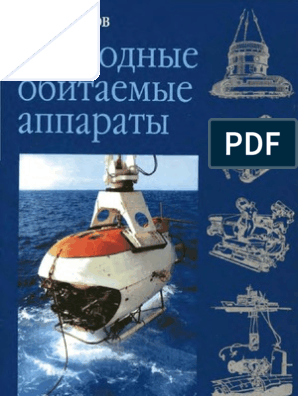
With the “Polish Irwin” in the lapel - LOPP paratroopers
With the “Polish Irwin” in the lapel - LOPP paratroopers
The mass development of parachuting in the light of the growing possibilities of aviation is a fateful, completely natural and necessary phenomenon, the significance of which cannot be underestimated. […] I believe that our youth needs parachuting. It will be an excellent character school and an excellent kindergarten for gliding and aviation. In the future, this sport may have military significance. We must organize this sport and we will find funds for it (Major General Leon Berbechi, President of LOPP).
On May 25 and 26, 1928, a historic General Meeting of two parallel organizations supporting the Polish aviation idea, the State Air Defense League (LOPP) and the Gas Defense Society (TOP), took place. Although the boards of these organisms merged in February 1927, it was the May date that became the date of the founding of a new, dynamic organization, known today as the Air-Gas Defense League. The main goal of LOPP's activity was ... to support the Polish aviation in all its fields, comprehensive studies of chemical protection measures and preparation of the population for gas protection. In connection with the bidirectional goals adopted by the leadership of the League, it was decided to divide them into aviation and anti-gas. Although the efforts of the Faculty of Aviation were initially focused on the creation of the Aerodynamic Institute and the Faculty of Aviation at the Warsaw University of Technology and the Experimental Aviation Workshop at Warsaw Okec, as the organization developed, more and more new issues were introduced into its field of activity - one of them was parachuting, which with gaining more and more popularity every year. It should be remembered that this topic was not completely new for the LOPP activists, since already in the second half of the XNUMXs, jump shows were taking place all over Poland using the so-called Jerk, mostly performed on military-type planes "Farman Goliath". The new chapter in the history of Polish parachuting, which LOPP opened, was supposed to eclipse the previous ones, both in terms of dynamics and scale of operations.
For skydivers!
It is easy to see that the sudden increase in interest in parachuting in Poland was mainly due to the huge spread of this discipline in the Soviet Union, mainly through the Soviet analogue of LOPP - Osoaviakhim (Society for the Defense of Defense, aviumumumumumumumumumumumuminhenkhine. The way of working and the functional structure of Osoaviakhim were discussed in the professional press in Poland, including in “Przegląd Lotniczy” or “Lot Polski.” The mass training of paratroopers by Soviet paratrooper organizations was, of course, not only to take care of the proper development of young people, but above all to guarantee the Red Army thousands of already prepared, potential soldier for the airborne troops created in parallel in the USSR.The Soviet "airborne infantry", deployed by aircraft behind enemy lines, had to fight the enemy forces, as well as disorganize and destroy communications, which quickly gained publicity not only in Poland, but and all over the old continent.The first effects were not long in coming, and almost simultaneously in France, England, Italy and Germany appeared military parachute detachments of various sizes. However, the development of these formations deserves a separate study.
Year by year, the popularity of the LOPP grew, which was reflected in the intensive growth in the number of its members - from 350 thousand in 1928 to almost 1,5 million in 1936. It was then that the country threw a kind of turning point, for the first time., The slogan: "Polish youth on parachutes!". At the same time, parachuting was included in the catalog of sports.
protection. Initiating the idea of developing parachuting in Poland in 1935, three main goals for the development of training in LOPP were set: the first was based on the mass training of candidates for parachutists who, after a short training (tower / balloon), would be able to jump from aircraft in the future, the second - full-fledged parachute training only in jumping from aircraft, the third - professional and competitive improvement.
